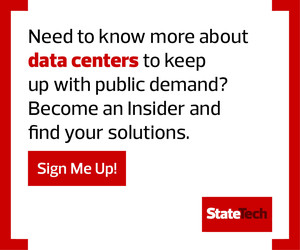What Is Process Mining?
As ABBYY defines it, “process mining is an approach to process improvement that’s driven by advanced data analytics. Process mining software uses process event log data to discover and map process operations and their possible variations. These analytics help decision-makers uncover the root causes of any inefficiencies in their business processes to reveal opportunities for improvement.”
To optimize processes, state and local agencies can rely upon data to inform their decisions in allocating resources. Process mining might begin with an audit of data logged by enterprise resource planning and customer relationship management tools, for example.
If an agency or department is beginning (or planning) to automate elements of work, process mining can be a leading tactic to make work best at whatever scale is needed.
DISCOVER: How can artificial intelligence and other technologies help smart cities share data?
What Is Conformance Checking in Process Mining?
One element of process mining that can get lost in discussion is conformance checking, which is a technique used to compare event logs or an actual process with the existing reference model (or target model) for that process.
Often, this is referred to as finding a “happy path” — when an input produces the expected output.
It is important to note that every happy path is different, Raiker says. To think of it in a nontechnical sense, remember that one size doesn’t always fit all. Raiker cites, as an example, an audit of a customer’s process that required 16 full-time employees.
“They had only about 8 to 10 percent of all of the workflows audited. They simply couldn’t complete the full audit,” he says. “So, they going to use a sample size to try to understand the results, but that would be noncompliant. And also — perhaps in many of those cases that go unseen — it would be nonconforming. In using ABBYY’s process intelligence solution, they were able to load up all of the workflow.”












